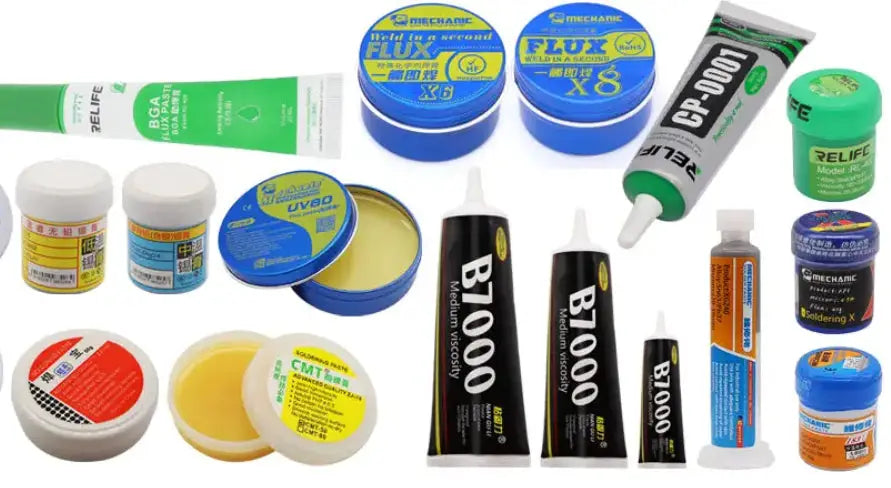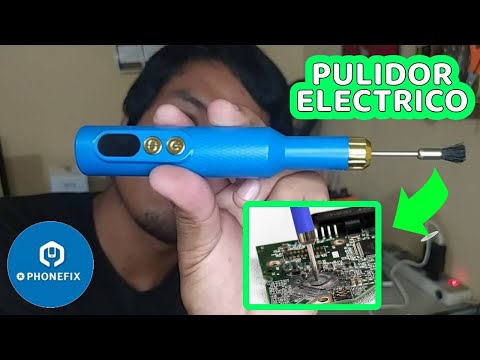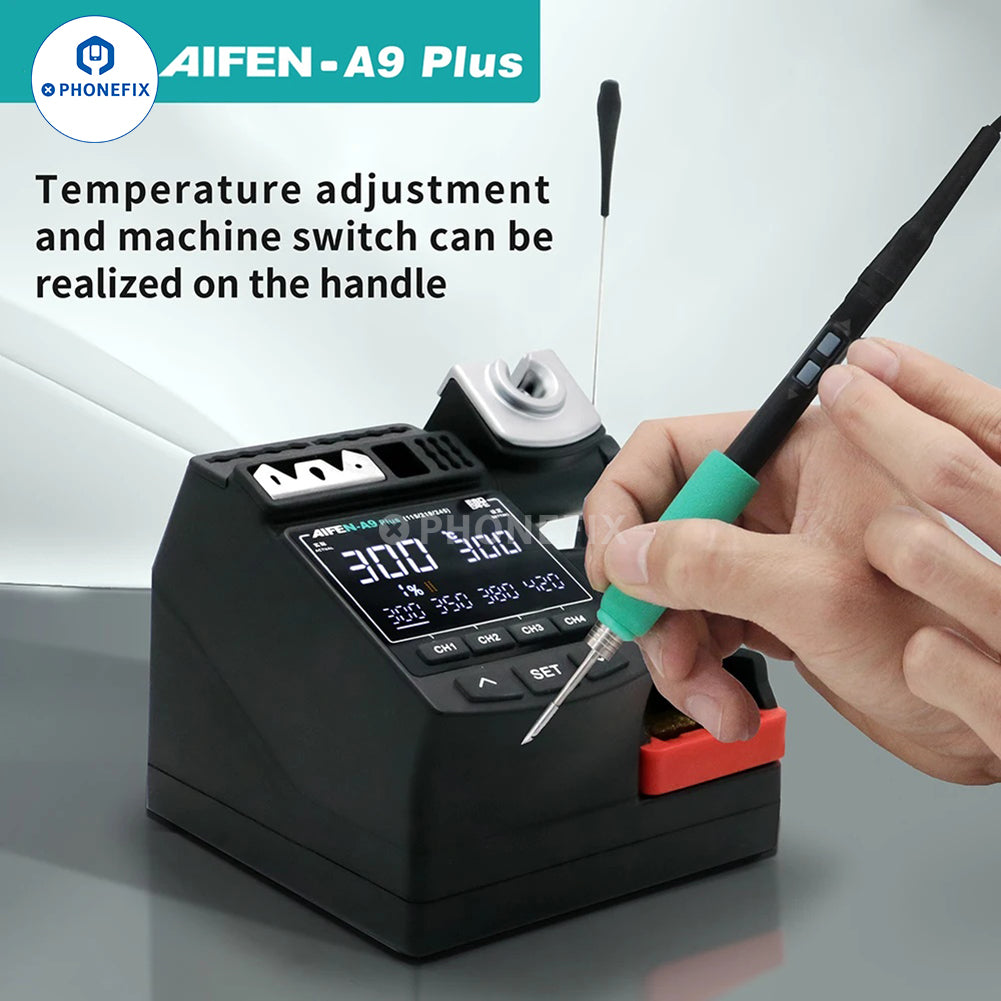If you are facing the problem that do not know how to choose the right flux for soldering wires and electronics, Phonefix can offer expert advice based on factors such as whether the PCB will be cleaned after soldering and the type of electronic parts being used.
The choice of flux is crucial in preventing residue or rust, and the type of flux needed may vary depending on the cleanliness of the parts. Dosage also varies depending on the type of flux, with options ranging from tubes to canisters.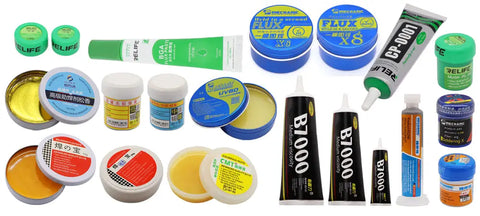 What is Solder Paste?
What is Solder Paste?
Solder paste is a mixture of fine solder particles and flux used in Surface Mount Technology (SMT) to solder SMD Electronic Components onto Printed Circuit Boards. The composition of the particles can be customized to produce a paste with a desired melting range, and additional metals can be added for specialized applications. Particle size, shape, metal content, and flux type can also be varied to produce pastes with varying viscosity.
What is the Role of Flux in Soldering?
Flux is a substance, either in a paste or liquid form, that plays a crucial role in the process of soldering and welding. Its primary function is to prevent oxidation and act as a "magnet" to attract molten solder to the parts being soldered, ensuring a clean and effective connection.
Despite its importance, many consumers are unaware of the purpose of flux in soldering. Soldering involves connecting various parts, such as wires or components on a circuit board, to create a mechanical, electrical, and thermal connection between them.
However, prolonged exposure to air can cause the work-pieces to oxidize, which interferes with the desired connection. This is where flux comes in as a chemical compound that prevents the formation of a new oxide layer and removes any existing layer, allowing for a successful connection between the workpieces.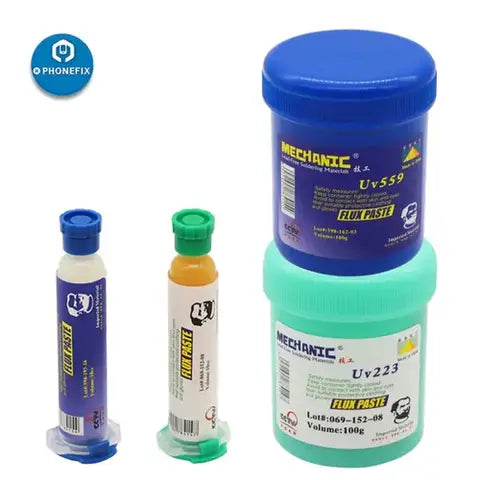 Availability of Solder Paste.
Availability of Solder Paste.
Solder paste is available in both leaded (with lead) and lead-free (with no lead) forms. It can be no-clean or water soluble. With no-clean pastes, there is no need to clean the board after soldering. Water soluble solder pastes are easily soluble in water with no harm.
Several types of flux are used in electronics and typically fit into three categories: 1. water soluble flux, 2. no-clean flux, 3. traditional rosin fluxes. Each of these categories has their own advantages and disadvantages and are used as a flux base in solder paste depending on the application.
Types of flux you should buy:
1.Any flux based on rosin cores is the best pick for electronic works. It dissolves better at low levels of temperature, compared to other types. It is also better for many delicate wiring projects. Using soldering flux with a slim rosin inner core will help to cover the wires in the best way possible.
2.Rosin flux products are based on refined pinesap. Such products flow smoothly (when hot) and they remove oxides faster. When rosin flux is liquid, it is acid, but when cooling down it gets more solid. That’s why consider eliminating the leftovers of rosin flux agents from a PCB as soon as possible, by means of 99%
Click here to get: Mechanic Rosin-Based Tin Flux Paste Cream.
3.Water-soluble or organic acid flux products. Lactic, citric and stearic acids combined with water and isopropyl alcohol are also quite effective for the use of electronics. Mainly, because they’re more powerful than rosin-based fluxes. It’s easier to clean PCBs after the use of organic flux agents. These products are electrically conductive and provide better performance rates.
4.Leaded solders flux with a solid core are also good. Such products oxidize easier and hold a strong bond much longer. Make sure to wash your hands when working with any lead solder; You should never need to touch solder anyway, use a bench dispenser role and pull it out with tweezers.
Check this high-quality Mechanic Leaded Stencil Liquid Solder Paste

